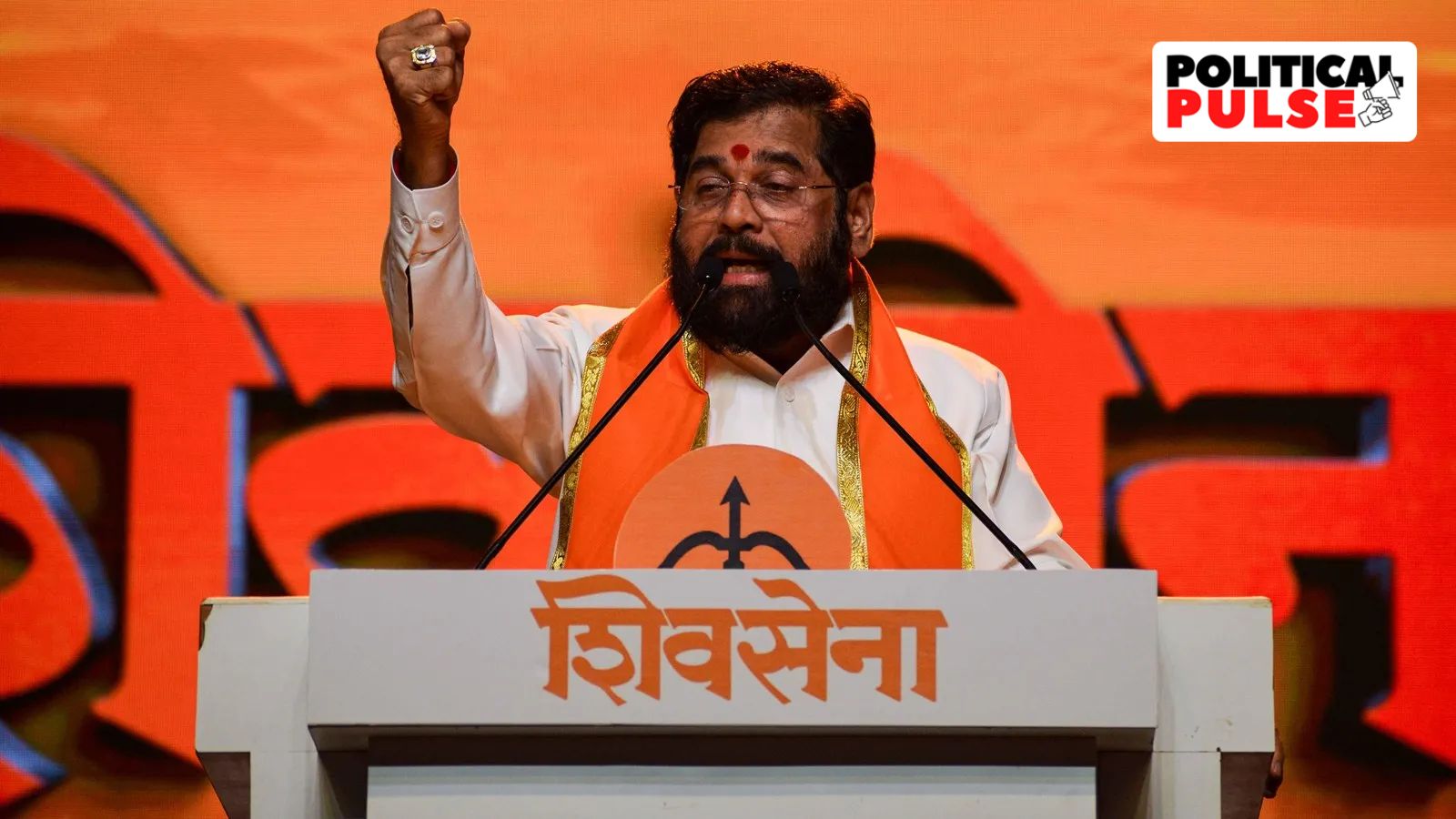 |
|
The formation of the Maharashtra government witnessed a dramatic last-minute development as Eknath Shinde, leader of the Shiv Sena faction, finally agreed to assume the post of Deputy Chief Minister. This decision, reached mere hours before the scheduled swearing-in ceremony, came after intense negotiations and pressure exerted by both the BJP and Shinde's own MLAs. For days, a flurry of meetings and discussions took place, showcasing the complex political maneuvering behind the scenes. The BJP, keen to secure Shinde's participation in the government, employed a multi-pronged approach, sending emissaries and engaging in direct negotiations with the Shiv Sena leader. These efforts ultimately proved successful, albeit at the eleventh hour. The article sheds light on the final hours of negotiations, revealing the strategic moves and compromises made to secure Shinde's acceptance of the Deputy CM position.
One of the central points of contention revolved around portfolio allocation. Shinde reportedly expressed reservations over certain key ministerial positions, particularly the Home portfolio. This is a significant portfolio in the state government, offering significant power and influence. The BJP, possessing a significant majority in the assembly, attempted to navigate this delicate situation. They reportedly proposed a compromise whereby Shinde would receive the Deputy CM position, but the Home portfolio would be assigned to the Chief Minister, Devendra Fadnavis. This compromise required the Shiv Sena to relinquish control of the Urban Development Ministry, a portfolio previously held by Shinde. The negotiation process underscored the power dynamics within the alliance and the strategic importance of various ministerial portfolios in the Maharashtra state government. The desire to resolve the portfolio allocation issue was clearly secondary to the larger goal of ensuring the government's formation.
The pressure on Shinde wasn't solely from the BJP. His own MLAs played a crucial role in persuading him to accept the Deputy CM post. Recognizing the importance of his participation in the government's stability and their own political futures, they urged him to join the cabinet. Their argument was simple yet powerful: inclusion in the government would secure the interests of the Sena MLAs, preventing them from being sidelined or ignored in the decision-making process. This internal pressure, coupled with the persistent efforts of the BJP, proved to be a decisive factor in Shinde's final decision. It highlights the internal dynamics within the Shiv Sena faction and the reliance on the leadership of a strong figure like Shinde for the party’s political success. The MLAs’ concerns underscore the political realities within the ruling coalition.
The BJP's strategy involved a blend of persuasion and a calculated display of their political strength. While acknowledging Shinde's significant contribution of 57 MLAs, including several former BJP members, the BJP emphasized their own substantial majority in the assembly, leaving little doubt about their dominant position within the coalition. This subtle yet impactful reminder served to reinforce the BJP's position and provide context to the negotiations. This display of political leverage, combined with their consistent efforts to engage with Shinde, ultimately helped shape the outcome. The contrast between the BJP's strong numerical advantage and the strategic importance of the Shiv Sena's support clearly played a crucial role in the final negotiation. The delicate balance of power and the subtle power plays between the two parties were evident throughout the process.
The final hours leading up to the announcement were filled with intense activity. Multiple meetings took place, both within the Sena and between the BJP and Shiv Sena leaders. The back-and-forth negotiations underscore the complexity of forming a coalition government and the importance of resolving outstanding issues before the swearing-in ceremony. The pressure on Shinde to accept the Deputy CM’s role was palpable, and the success of these intense efforts ultimately resulted in the formation of the government. The resolution, however, leaves some aspects unresolved, particularly the long-term implications of the current power dynamics and the division within the Shiv Sena. The question of long-term stability remains a significant one given the recent history of the party and its alliances.
Source: Finally Dy CM, how Eknath Shinde was won over: The days leading up to the last hours
